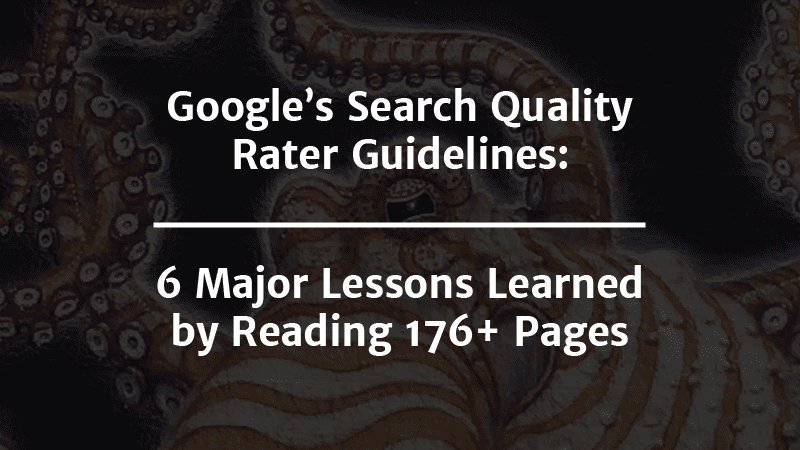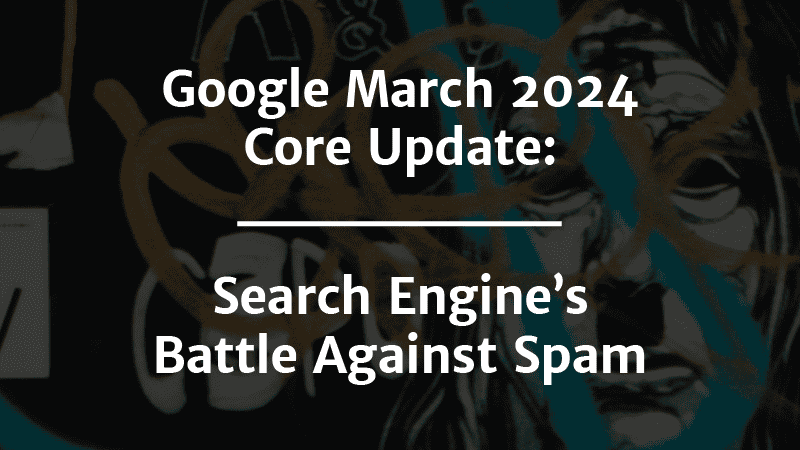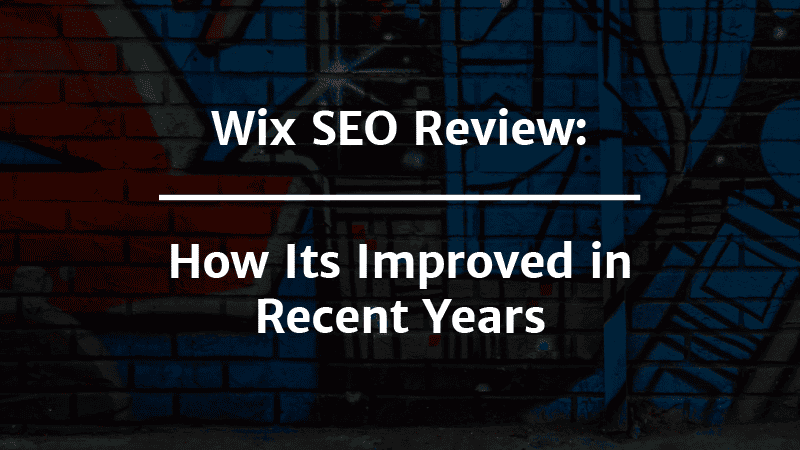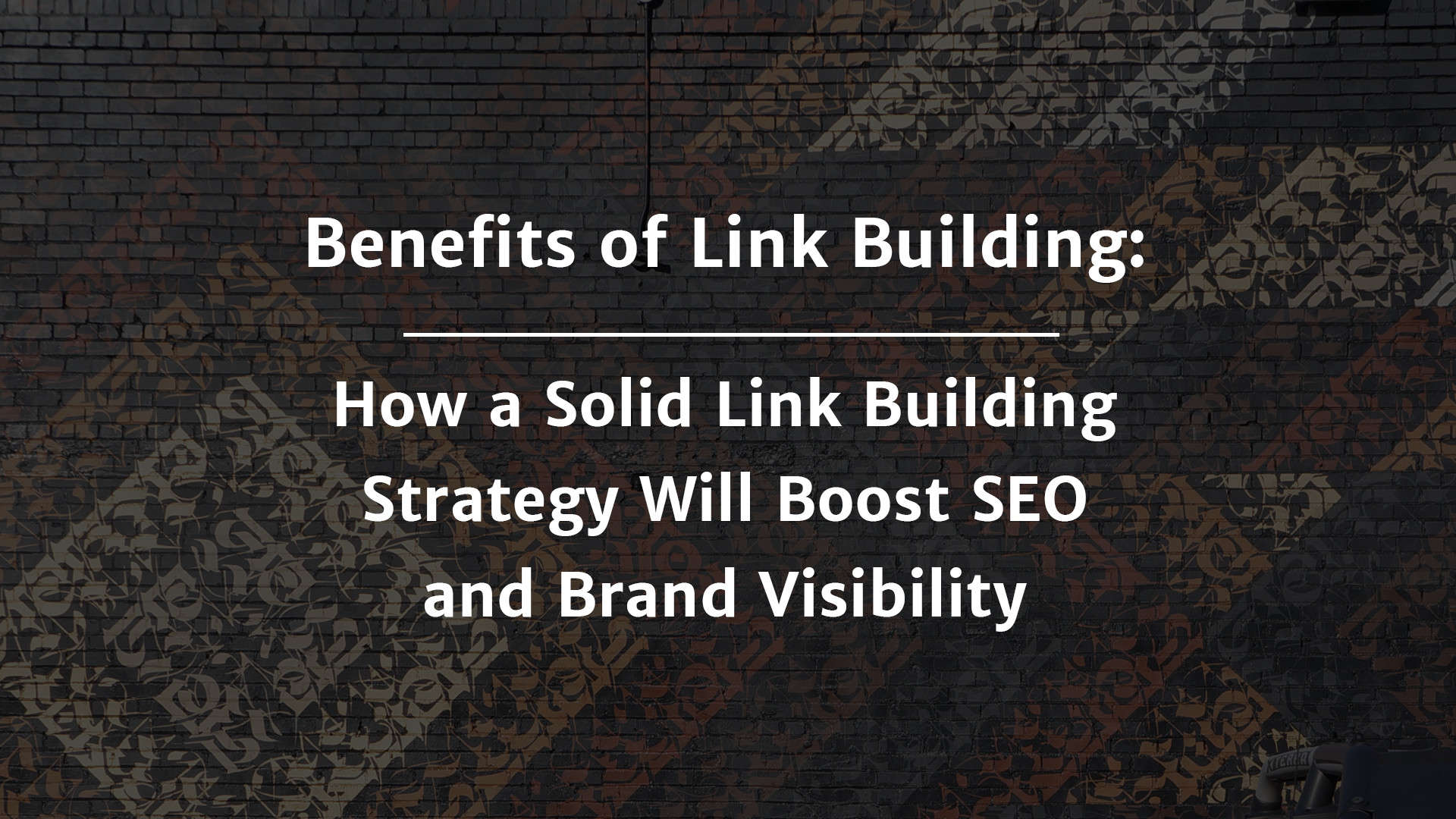If you’re involved in search engine optimization (SEO), Google’s Search Quality Rater Guidelines is a must-read. It offers a priceless glimpse into how the search giant assesses content quality, user experience, and page design while sorting its search engine result pages (SERPs).
Still, going through the document’s 176+ pages and keeping track of yearly changes can be demanding if you’re trying to juggle many responsibilities all at once — as is the case with most marketers.
The good news? We’ve gone through the document with a fine-tooth comb, so you can get all the important lessons in bite-sized chunks.
What Are the Google Search Quality Rater Guidelines?
Google’s Search Quality Rater Guidelines (QRG) is a reference document for human quality raters who assess live and experimental search results and assign them a Page Quality rating to validate and refine Google’s search algorithm.
QRG covers a variety of topics, including the quality and relevance of results, the credibility and expertise of authors, and the importance of authoritative, accurate information in specific niches.
As a result, QRG helps you understand how to get in the good graces of the search algorithm.
Google QRG Updates
Google updates its Quality Rater Guidelines once or twice a year. The most recent updates were in July 2022 and December 2022. If you’re familiar with the QRG’s previous versions, you can check out our summary of the most recent updates below:
December 2022 Update
In the December update, Google introduced two big changes to its popular acronym E-A-T — which stands for Expertise, Authoritativeness, and Trustworthiness.
First, Google added the letter E (Experience) to the beginning, making it E-E-A-T. With this, Google aims to prioritize content that’s created with first-hand experience of the topic.
For example, Google might prioritize content from a tax professional on tax topics instead of a food blogger who creates one-off posts on how restaurants should handle their tax matters.
Second, Google highlighted trust as the most important factor among E-E-A-T and suggested gauging the reputation of the content author to determine the page’s trustworthiness.
As a website owner, you can address this requirement by providing personalized bios for each content author that highlight their work experience, relevant degrees, and notable credentials.
Besides that, Google also encourages quality raters to consider the social proof of the authors via social media. So, as an author, you should consider engaging with your readers via social platforms.
July 2022 Update
Google refined what it considers to be YMYL (“Your Money or Your Life”) topics. Prior to this update, YMYL included topics that can have a major impact on the average person’s life. Now, it covers topics that have a high risk of harm to the health, finances, welfare, or safety of people or society.
For instance, according to the latest definition, your website lies in the YMYL domain if you give investment advice because false information on your website may hurt people’s finances.
Similarly, suppose you offer medicine or dosage recommendations via your content. In that case, your website’s topic will fall under YMYL since incorrect medical advice can delay people from seeking proper medical care and worsen their condition.
SEO Takeaways From Google QRG
Now that we’ve covered the basics, let’s discuss the SEO lessons of QRG:
1. YMYL Topics Thrive on Accuracy
Google separates the search topics into YMYL (Your Money or Your Life) and non-YMYL to determine how accurate it should be while assessing the page quality.
If you have a blog sharing best investment practices, it is subject to different quality guidelines than a blog that shares why a particular rock band is the greatest band of all time.
YMYL topics include any topic that poses a high risk of harm to the health, money, or safety of people or society. For example, think of content on taxation advice, financial stability recommendations, medical information, nutrition plans, and election news.
As a result, you need to address various strict quality requirements if you’re publishing YMYL content.
- Build a reputation among experts: Section 3.3.1 of QRG shares that websites covering YMYL topics should have a good standing with experts. You can acquire that by getting field experts to write your content or asking professional societies in your field to lend credibility to you via backlinks.
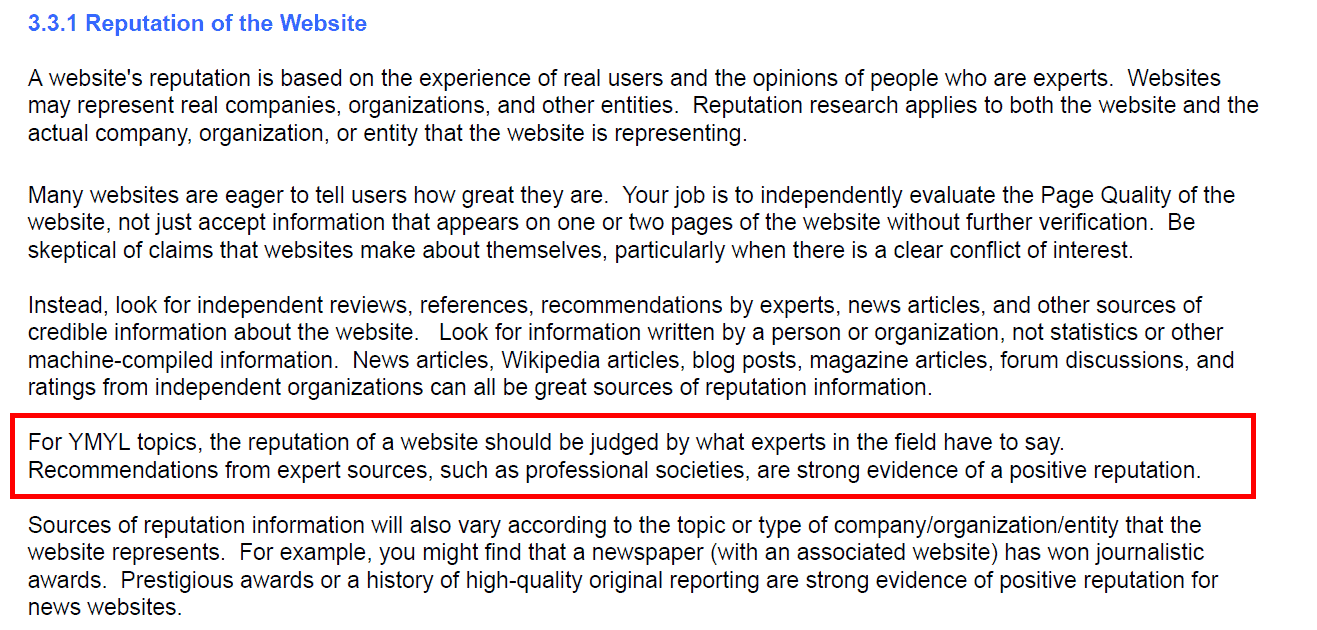
- Write a detailed About Us page: In section 4.0, Google asks quality raters to give the lowest rating to any website or content creator who presents no information about their background.
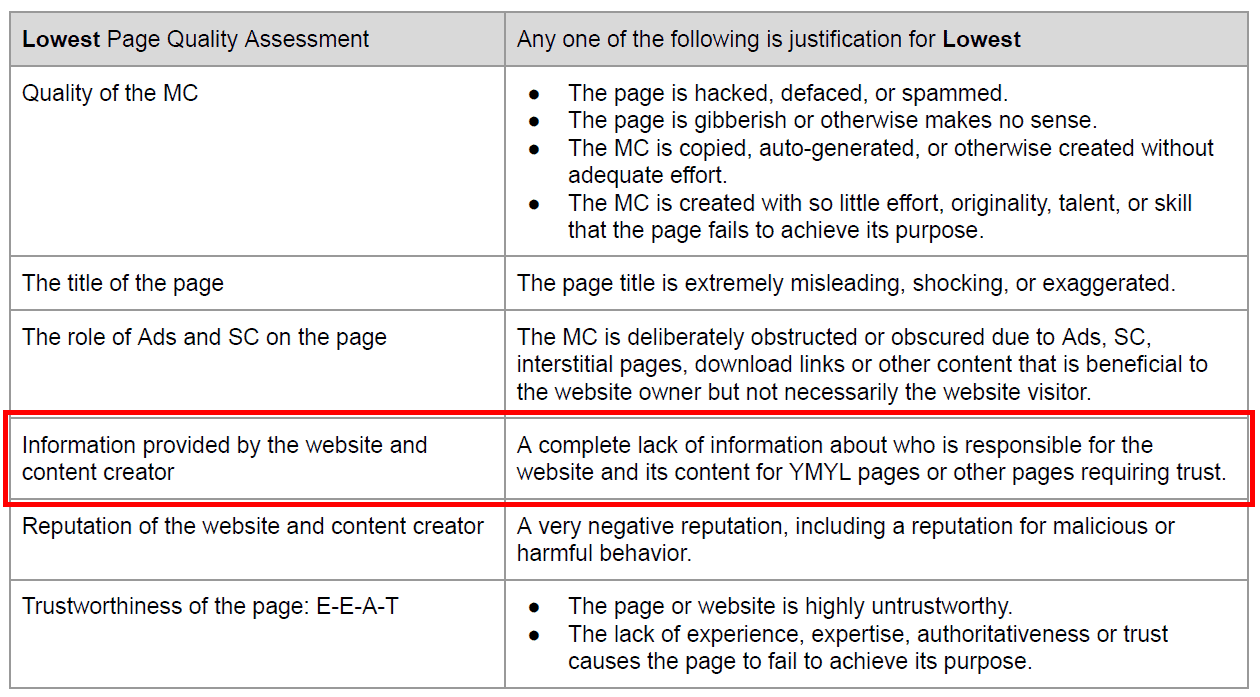
- Offer information consistent with the expert consensus: Make sure the information you include is in line with well-established expert consensus. For instance, Google shared the following Reddit post as a search result that deserves the lowest rating as it recommends mixing drugs against established consensus.
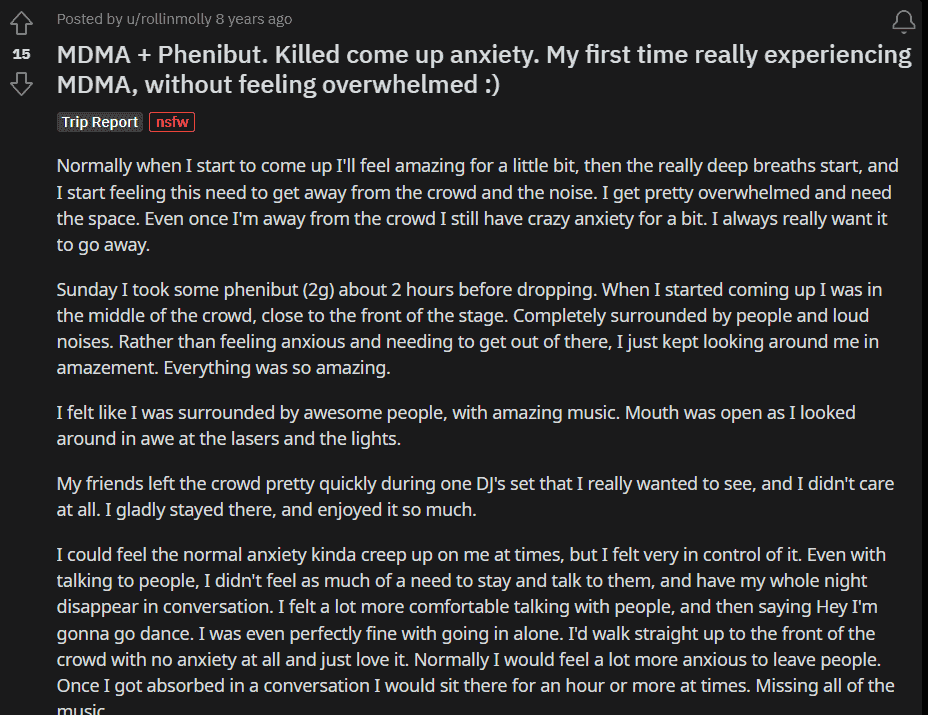
2. E-E-A-T Rules the Search Results
Whether it’s YMYL or non-YMYL content, Google emphasizes E-E-A-T (or Experience, Expertise, Authoritativeness, and Trust) when gauging the quality of webpages.
To address the E-E-A-T, let’s understand how Google describes each member of the E-E-A-T family:
- Experience: Experience covers whether the content creator has direct first-hand experience of the topic. For instance, if the topic is building a WordPress website, has the author built a website using WordPress themselves?
- Expertise: Expertise considers the skills and credentials of the content creator to assess their level of knowledge on the topic. After all, you should get medicine dosage recommendations from a doctor instead of a random Redditor.
- Authoritativeness: Authoritativeness considers whether the content source is the go-to source or authority for the information. For example, HubSpot and Investopedia make a solid case for authoritative websites in marketing and financial niches. And for tax-related matters, you should default to relevant government websites.
- Trust: Google considers trust the most important member of the E-E-A-T family and uses it to gauge whether a webpage is “accurate, honest, safe, and reliable.”
- In other words, the tax advice you share on your website should be accurate and well-backed. Similarly, if you do any reviews or comparison posts, you should help the readers decide the best product for themselves instead of pushing them to an affiliate product for commission.
But how does Google measure E-E-A-T? Google’s directions to quality raters suggest that it’s a mix of topical expertise, author’s information, and user engagement. For example, check out the example of hair styling expert Google shares in its guidelines:

- Showing subject expertise: Create content containing in-depth information backed by citations to convey that you, or the brand, have a thorough understanding of the topic.
- Hiring industry-relevant writers: Ensure the content creator understands what they’re talking about instead of regurgitating top SERPs and introducing a bunch of questionable pieces of advice.
-
In other words, follow the gist of Google’s helpful content update: Instead of crafting search engine-driven content, write people-first blogs that contain first-hand expertise and provide a satisfying experience to a specific target audience by addressing their search intent.
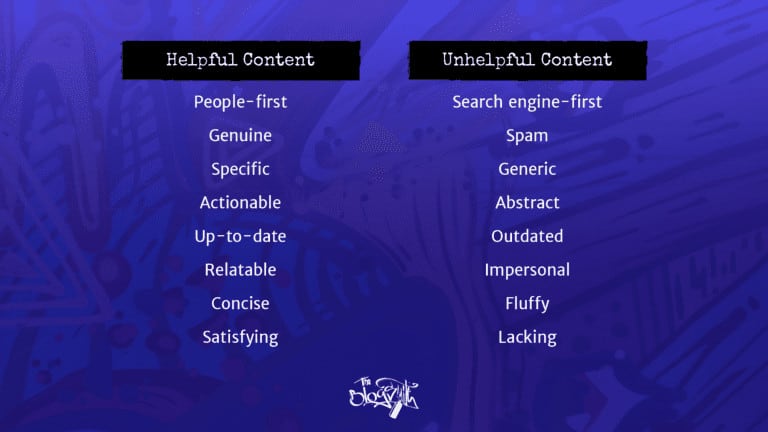
- Creating rich author bios: Highlight the relevant experience and expertise of content creators in their author bios. For example, if you’re creating content around website security, you should discuss the author’s experience with cybersecurity in their bio.
- Prioritizing users’ security: Get an SSL certificate to encrypt the traffic between the users’ browser and hosting server to prevent malicious agents from eavesdropping on their information.
- Engaging with the users: Google recommends quality raters go through the comments and reviews of the website to assess their E-E-A-T. So, engage with your website’s visitors in the comments or on social media to establish a positive community atmosphere.
3. User Experience Matters
Before July 2022, Search Quality Rater Guidelines had explicit call-outs regarding mobile devices, and quality raters were instructed to check if the answer displayed well on mobile.

In the July 2022 update, Google took out those mentions:

Instead, now the importance of user experience extends across all devices, whether desktop or mobile. So, ensure the searchers can find what they’re looking for from your website without running into any navigability issues.
In particular, Google highlights these two user experience issues in the guidelines:
Distracting Ads
Chances are you may have encountered pages where an ad suddenly blocks your view just after it loads or when you try to interact with the webpage. Examples include pop-up ads, interstitial ads, or overlay ads.
If you’re like most users looking to continue your browsing, these ads provide a negative user experience, especially if there’s no close button. For instance, some ads only go away if you click on a link or download a particular file.
Google agrees. In section 4.5.4, the search giant recommends its quality raters to give such webpages the lowest rating.

Clickbait Articles
As a search engine, Google aims to show relevant, accurate, and high-quality content to its users. So, if you see a blog with a meta title of “[Famous Season]: Return Date Announced” in the search results, it should contain the return date and relevant details.
If it doesn’t, it’s a clickbait article that leads to poor user experience. And Google recommends a low-quality rating for such posts in section 5.2.
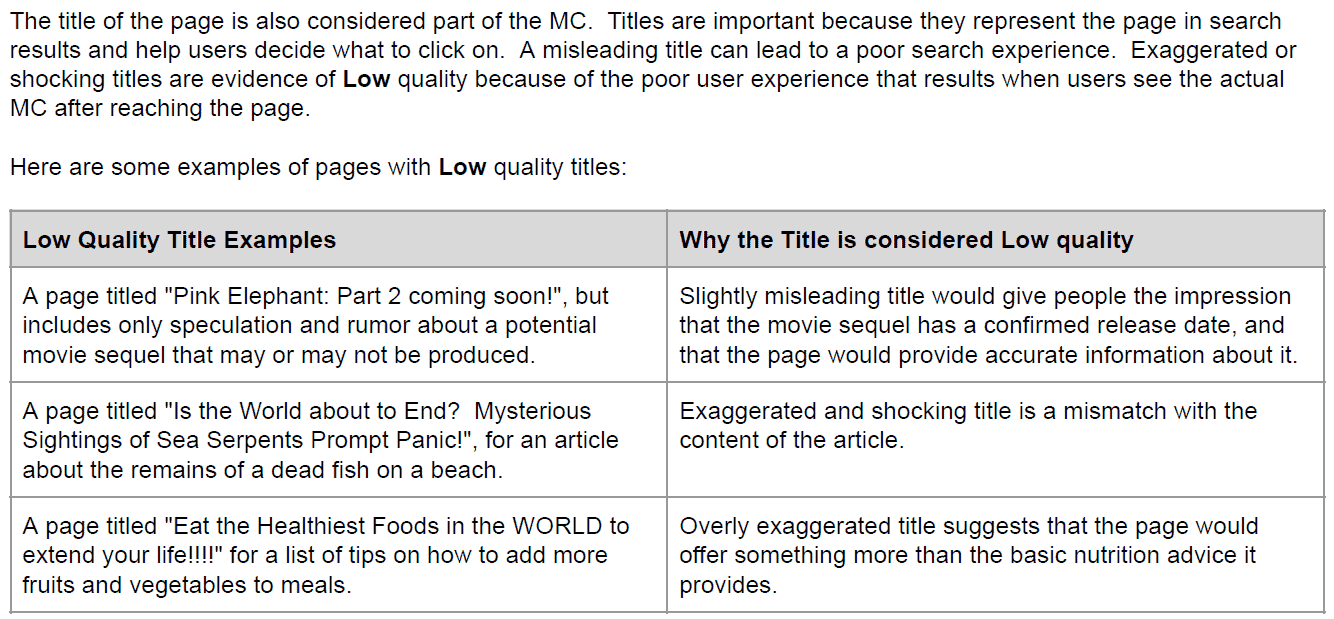
4. Google Wants Clear Main Content
The main body content that fulfills the meaning or purpose of the page is called main content (MC) by Google. It can be text, images, video, or any other page feature (like a calculator).
And since the MC of a webpage plays a major role in its page quality, Google gives lower ratings to webpages with unclear main content.

Examples of blogs with unclear main content include:
- Spam-filled webpages: In section 4.6.1, Google recommends the lowest rating for pages with little main content to achieve their purpose. For example, the following Issuu webpage lacks any main content and instead contains keyword spam surrounding “buy xanax online.”
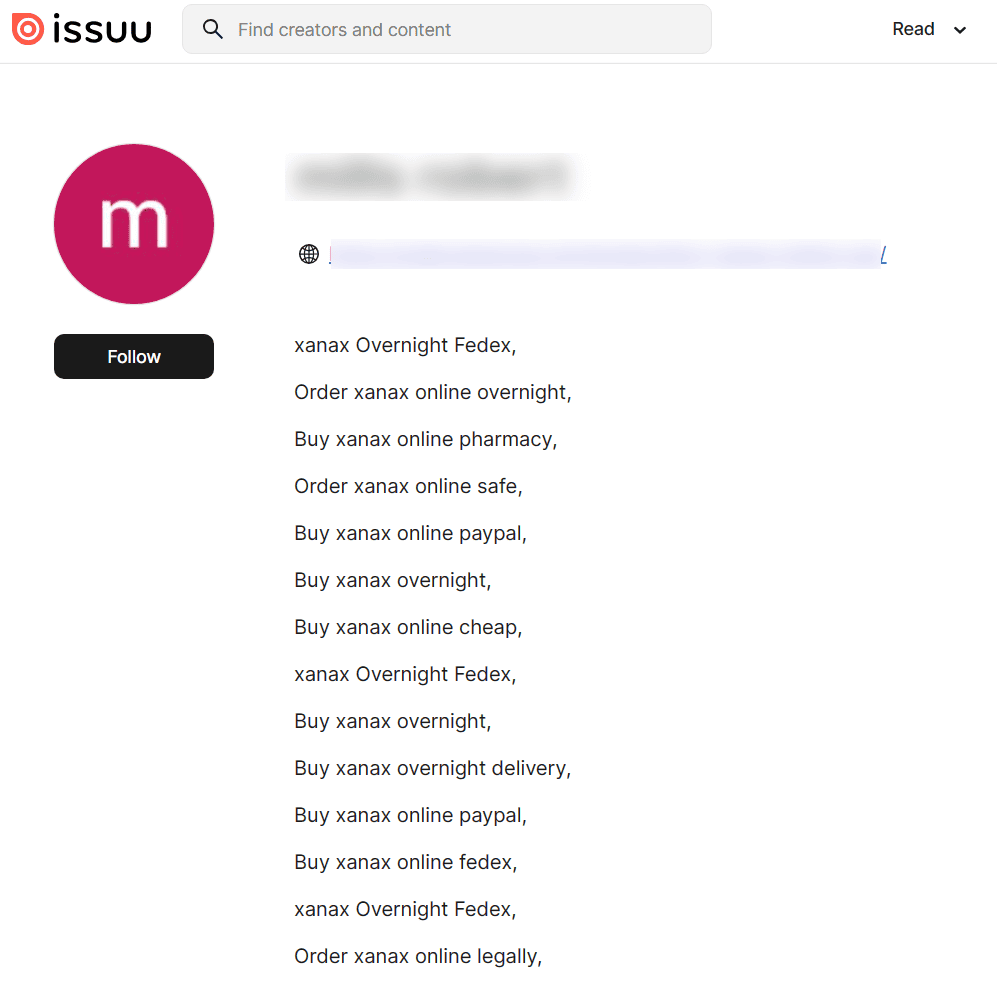
-
And it’s not just applicable to the content you post. According to section 4.6.2., you can also get the lowest rating if you don’t moderate user-generated content, and it leads to malicious spam.

- Auto-generated webpages: If the content is auto-generated with no manual input or originality, Google recommends the lowest rating for it. For example, it flags webpages like the one below:
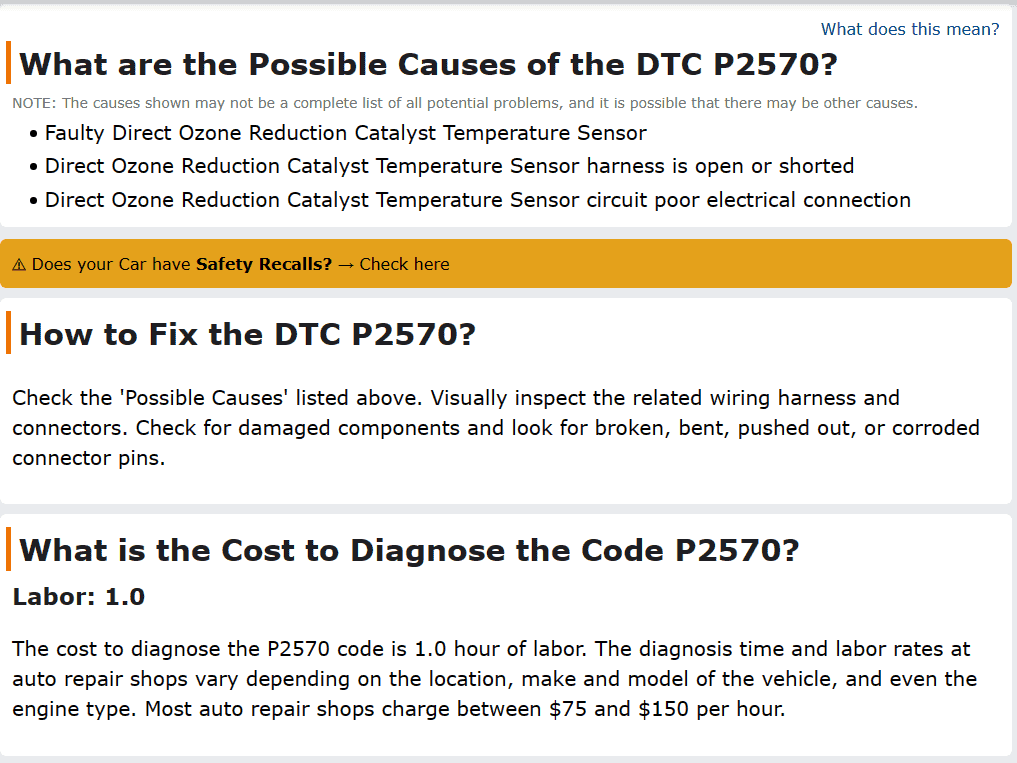
-
Further down on the page, you’ll find links to this error for different car models. If you open those links, you’ll find identical information, except that they’ll contain the name of the car model in the title — i.e., auto-generated content.
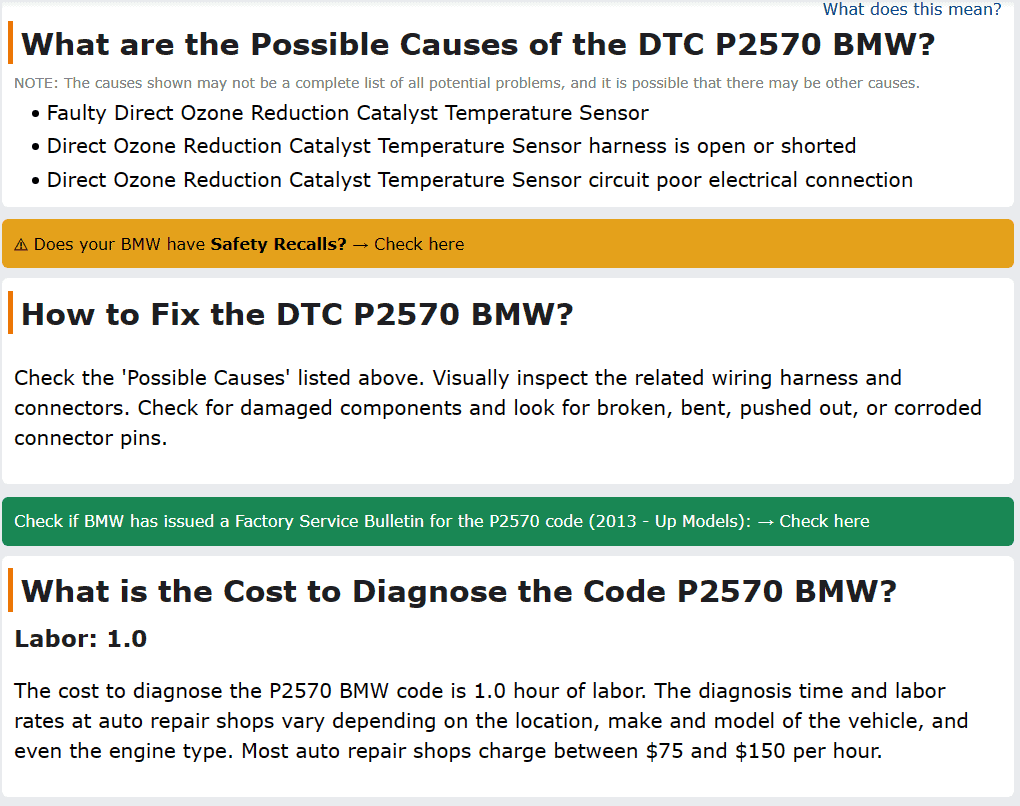
- Webpages filled with ads: Based on the examples in section 4.7, Google also recommends the lowest rating for webpages that have no main content and only serve ads.

5. Plagiarism Falls Under Spam
In section 4.6.4, Google highlights three types of content as copied and considers them spam:

- Content copied exactly from the source (also called plagiarism): If the author doesn’t change anything from the original source.
- Content copied but slightly changed: For example, if the author copied the content but passed it through a rephrasing or spinning tool to replace certain words with their synonyms.
-
For example, this Southwest Journal blog (published on May 2, 2023) copied an Hourly blog on minimum wage by state (published on March 7, 2023).
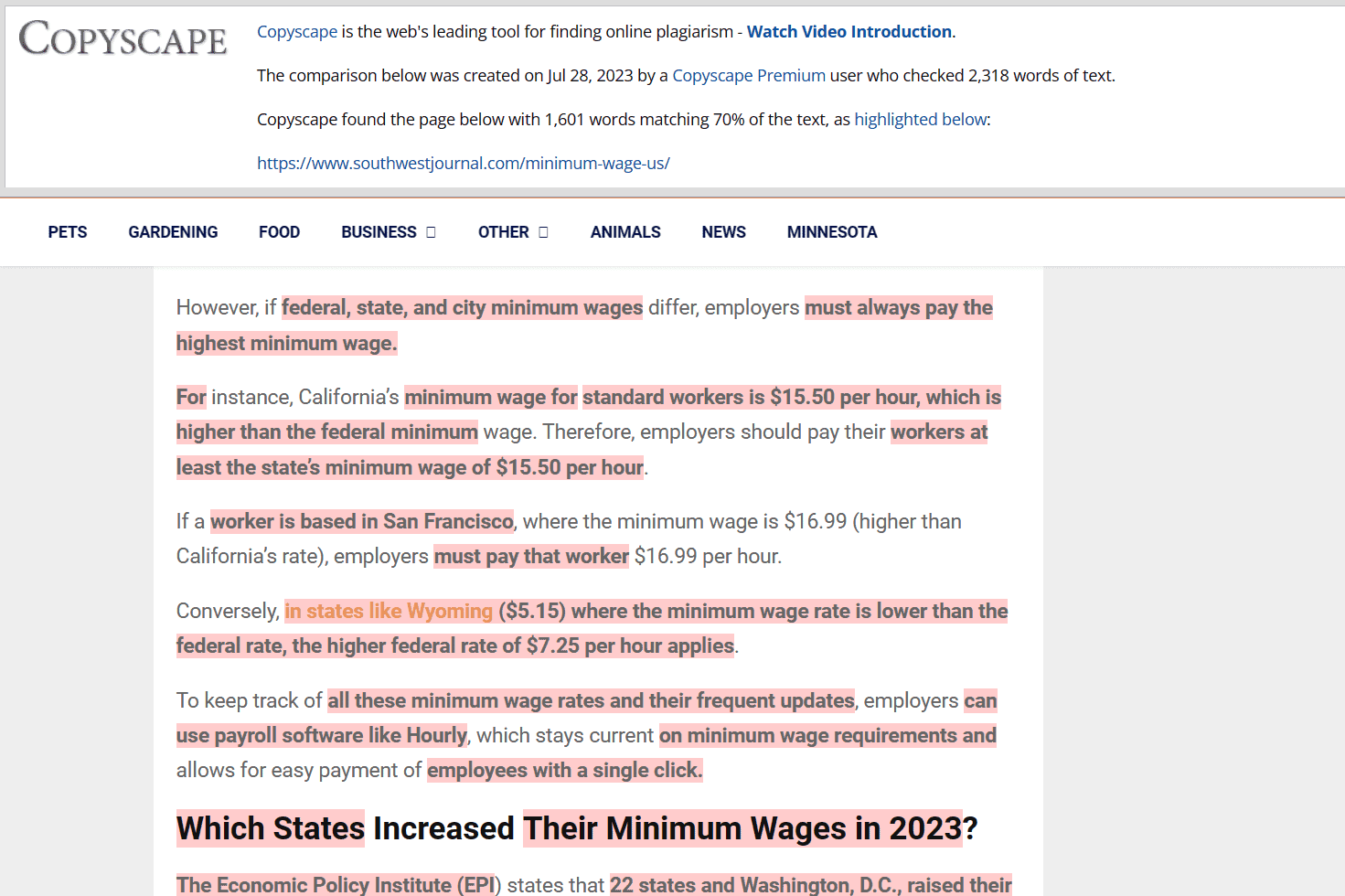
- Content copied from a changing source: For example, if a writer rips off content from Wikipedia or another website that frequently updates its content.
Google gives the lowest rating to all webpages practicing this kind of plagiarism.
As a brand, it’s essential that you take care when evaluating the content your in-house and outsourced content creators create. If many of them are summarizing the SERPs without adding any original thoughts, your marketing resources will go down the drain without anything to show for it.
Instead, partner with an SEO content agency that has a team of vetted writers who know their craft and can rely on subject matter experts for original insights.
6. Users Demand Freshness, Google Obliges
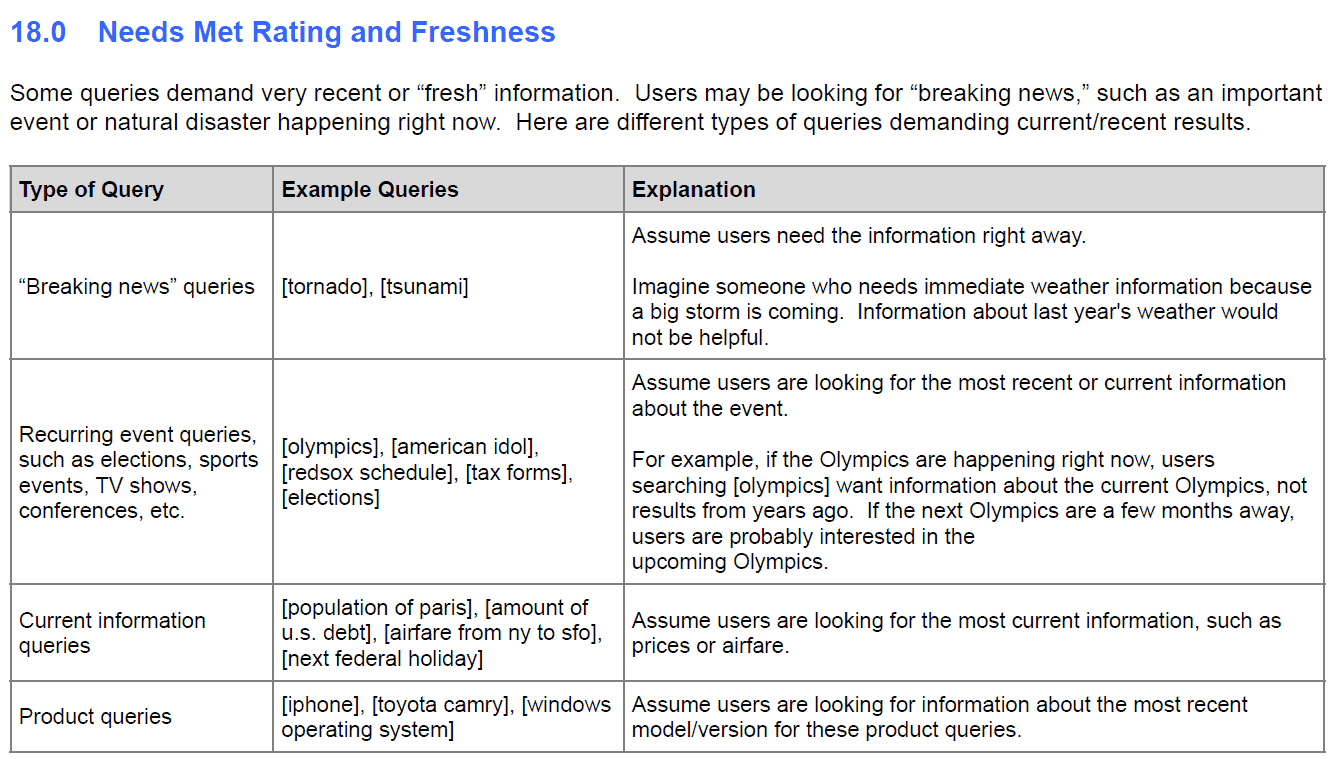
According to section 18.0 of QRG, if the users demand recent results for a query, Google prioritizes recent webpages in the search results. Examples include queries surrounding recent news, elections, product updates, best [product] of [current year], and recent information.
As a result, only the webpages containing the most recent information are considered helpful.
We repeat, “containing the most recent information.” You won’t pass this quality rating test by updating your publish date. Instead, you’ll need to replace your timely content pieces with new blog content on recent information or refresh them to include new information.
For example, if you’re in the WordPress space and cover WordPress updates, your blog on WordPress 4.5 won’t be that useful for users searching for information on the most recent WordPress update. Instead, you’ll need to publish a blog on the latest version of WordPress available.
On the other hand, if you have a blog titled “Best time management tools of 2021,” it might be time to update the title to the current year and refresh its content to include newer tools.
Final Thoughts: Google Quality Rater Guidelines — SEO From the Source
With Google’s Quality Rater Guidelines, you get SEO advice straight from the horse’s mouth. And if there’s one piece of advice that captures the essence of QRG, it is: Create helpful, accurate, and relevant content that serves the search intent.
And if you want help creating that content, contact The Blogsmith. By partnering with us, you not only get quality content but also benefit from Maddy Osman’s byline to level up your webpage’s E-E-A-T scores.

